Smokeless Fire Tips: Less Stress, More Warmth
There will come a time when you will need to build a fire. You might be someone who really enjoys barbecue days. You might even be one of those adventurers always ready to explore the wilderness. Fire is one of the best things you can have in any of the situations mentioned but smoke can become one of your worst worries.
[the_ad_group id=”21″]
The saying “When there’s smoke, there’s fire”, isn’t absolutely true. Sometimes, all that’s present is smoke, other times, you only have the glorious fire. Reading through will bring you smokeless fire tips to get you cooking happily, escaping confidently, and exploring freely.
Why Go for Smokeless
By going smokeless, you’re doing a favor to the following:
Mother Nature
Exerting the effort to go smokeless is definitely going to help our environment a lot. Ever since the start of industrialization, pollution had been one of the major concern and as the years continue to pass, its effects are being felt even more. Check out our basic hiking and camping fire safety tips for your reference.
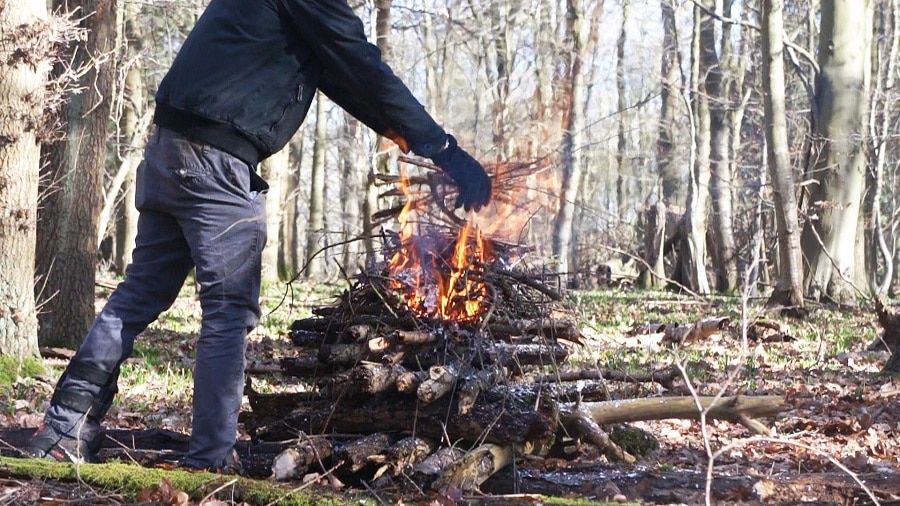
Just by going smokeless, you lessen the pollution caused by humans, even if for just a very tiny percent. Passing on the information of building a smokeless fire can create a strong awareness and greater effort to slow down the rate of pollution.
Yourself
Smoke is generally seen as causing bad effects, from stinky clothes to respiratory illnesses of your body, smoke carries with it a huge cause of worry. Building smokeless fire can get rid of these. Not only that, with smokeless fire you can definitely be in stealth mode, whether you’re hiding from someone or simply don’t want to be discovered camping out, this kind of fire keeps you a bit more covered.
Neighbors
When you camp out in a camping area, you usually have neighbors who also enjoy being one with nature as much as you do. Sometimes, instead of using a stove, you build your fire using some wood to keep you warm and to cook your food. Camping out is a fun activity and should not be causing you stress, likewise you shouldn’t be causing stress to your camping neighbors as well.
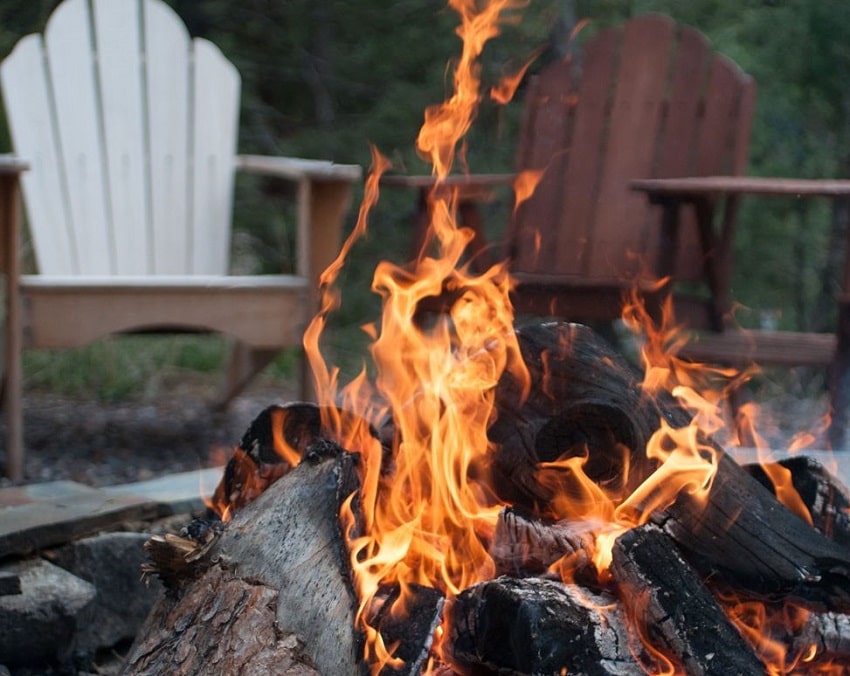
As much as you don’t want to have your neighbors’ smoke reaching your nose, your neighbors also don’t want your smoke to reach theirs. This can start off a conflict between you and the people around you. To save your relationship with your neighbors, learning how to make a fire without producing too much smoke can help you.
Both of you can enjoy your recreation activities without having to be bothered by either of your smoke.
Food
Smoked foods truly taste wonderful, especially when you meant it to be that way. Other times, you just seem to have no choice at all but to let your food absorb smoke. Cooking without any smoke can give you that clean and healthy taste of food while ensuring it is properly cooked.
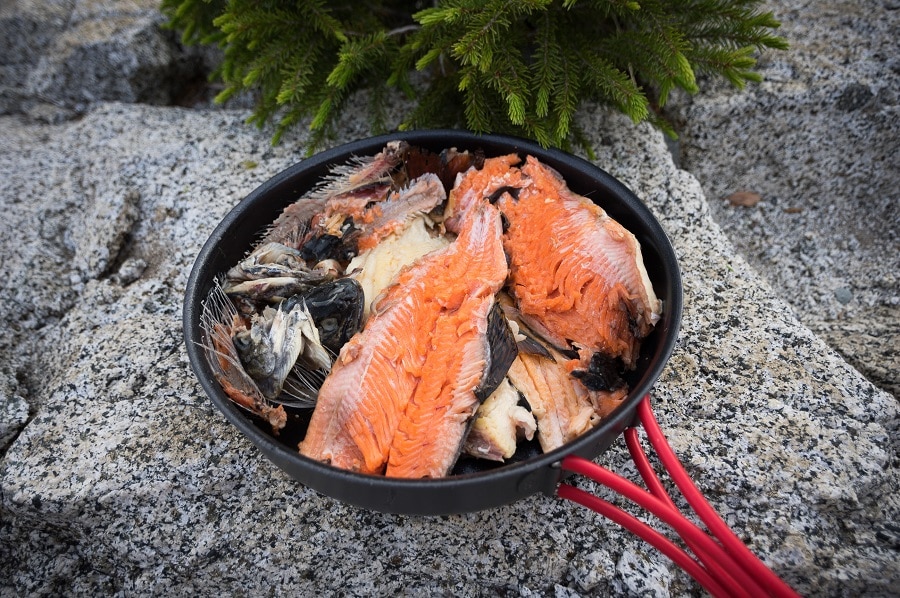
A high temperature is needed to have a fire without smoke which also means that your cooking time is also faster.
How to Go Smokeless
The following are suggested ways to build a fire without smoke.
Upside down campfire
- Gather your materials needed which is consist of logs of different sizes, kindling, and a piece of paper.
- Place the big logs at the bottom and work your way up with smaller logs up to the kindling.
- The piece of paper is to be placed at the very top, light it and watch the smokeless fire manifest itself.
During the first few minutes, it can look like just any ordinary fire burning.
[the_ad_group id=”22″]
But give it time and a fire burning brightly without any smoke will definitely be observed. Be sure to put out the fire after making use of it and tidy up the place.
Dakota Fire Pit
This one makes use of what’s readily available to you – the ground. Just keep your shovel close and you’re good to go.
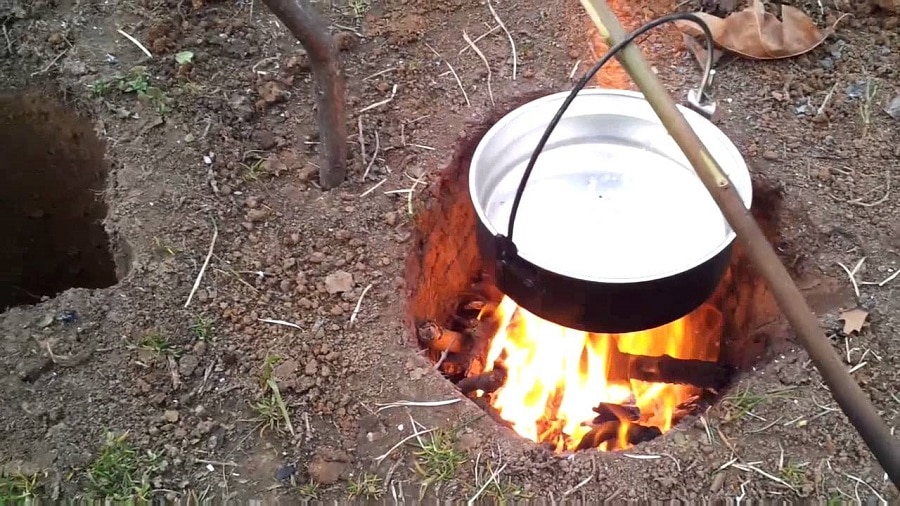
Dakota fire pit is mostly used for camping for longer durations. Here’s how:
- Dig two holes on the ground. Just keep in mind that ground should be free from nuisances like rocks and roots. Stay away from wet and loose soil as they can easily collapse and destroy your set up. Also, check the direction of the wind. This can help you identify where to dig the holes.
- When digging the holes, draw a circle with your desired measurements and dig one foot deep.
- Dig your airway duct. This is one of the hardest parts of making the Dakota fire pit. You have to dig carefully one foot away from your first whole and connect these two holes. The angle should allow the air to enter through the duct made to keep the smoke at minimum or none at all.
- Place your fuel inside the first hole which serves as your fire chamber.
- Light your fuel and add more as need arises. The second hole will keep the air flowing towards your fire chamber so little or no smoke will be observed. Because of this setup, your fire can continue burning at a high temperature and at a longer duration.
- When you’re done using the holes, make sure to cover them and don’t leave any of your things or garbage on the area. Clean up your used space and make sure that there is nothing left to start up an unwanted fire.
Use of Backdrops
Although this one doesn’t really give you a hundred percent smokeless fire, it sure will keep the smoke traveling upwards and away from you.
- You’ll be needing a large semi-flat rock and smaller ones, ignition source, kindling, and fuel.
- Dig a shallow hole on the ground and have your large semi-flat rock propped on one side of the hole. Line your smaller rocks on each side of the large rock until they form a semi-circle but leave a space like an entrance. The large rock will serve as your backdrop.
- Place your ignition source at the center and slowly add your kindling and fuel.
Most campfires built aren’t smokeless so you end up being followed by smoke since the small unburnt materials are attracted to objects. Having a backdrop, which is the rock, prevents the smoke from spreading and getting to you and instead lead the smoke upward.
Rocket Stove
There is a manufactured version of this rocket stove. Then again, it is very important that we understand how things are made and how they work.
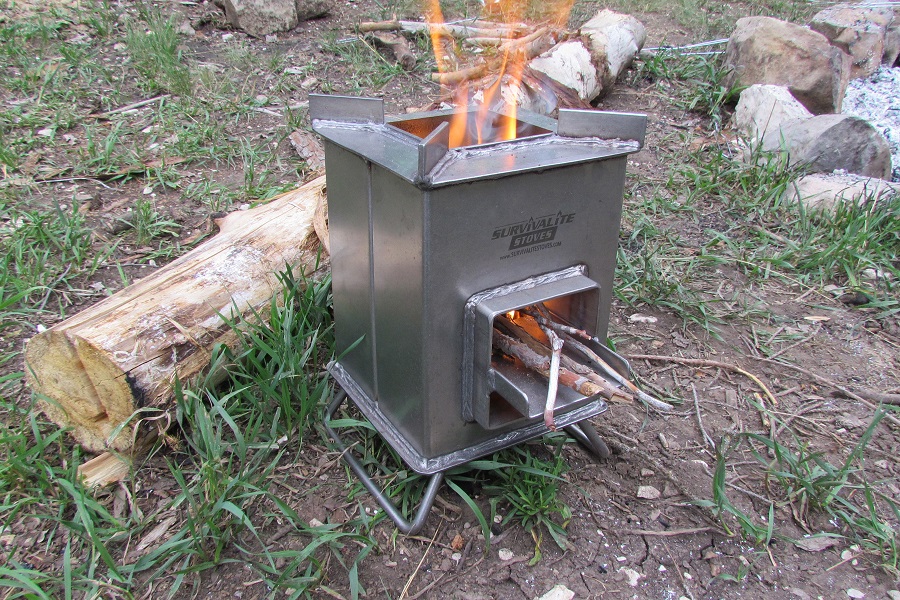
This rocket stove will produce minimal smoke. Since the stove is only small, it can retain so much heat and also only make use of small wood. The following are the steps in making your very own rocket stove.
- Prepare 3 cans: 1 big and 2 smaller one. You can add another can to be made into a shelf.
- You should have something that can easily cut metal. This will be very useful in making the parts for your stove. Heavy-duty gloves should be considered when cutting metals as well.
- Draw a circle on the large can using the smaller can for size and cut the circle. The lower part of the big can should have tabs for insulation. You can have any insulation you want as long as it will not easily catch fire. The insulation will be placed on the space between the smaller can and the bigger can later.
- On one of the smaller cans, draw a circle the size of the cut circle on the big can. After you have cut a circle on the smaller can, align the holes of the big and small cans.
- Both lids of the last can will be cut. Make tabs on one end of the can after which you have to insert the cans to the holes of the two cans. You can fold the tabs on the third can so it will not move around.
- The other end of the big can will be used to make the cover of the stove. The size of the hole on the cover of the first can should be the same with the little cans. This is where your fire will come out.
- You will need to cut a rectangle metal piece. You can have the extra can be made into the entrance of the fuel. This metal should be hammered flat and then clipped to the side of the can protruding. The shelf placed on the stove will keep the air flowing to the homemade stove. Your end product should look like a camera.
A homemade rocket stove is very useful however it would be better if you have the parts ready in your home before leaving out for camp. But for emergency reasons, you have to make the best of what you have. The rocket stove has some similarities with the Dakota fire pit as they both make use of air duct.
What to Keep Close
Dry fuel source. The dryer the fuel source, the faster it gets hotter and burn. Smoke only appears when the substances in the fuel have enough temperature to be seen evaporating. Having fresh wood as your fuel is very helpful when you want to get discovered but make sure to have dry fuel if you wish to stay hidden.
Various sizes of wood. These really come in handy when setting up a smokeless fire. The science behind the sizes ensures that the least smoke will appear from your fire. The bigger your wood, the easier it is for the fire to smoke since the temperature of the fire may not be able to keep its high temperature that prevents smoke.
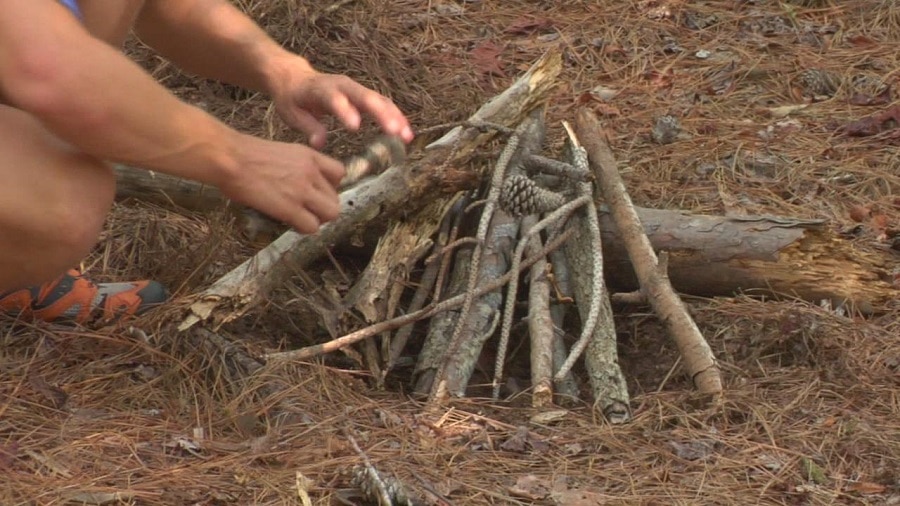
Rocks. Rocks absorb and can retain heat. These help in keeping the temperature of your fire hot enough to not let a smoke form. It is not really necessary to have rocks but they act as fire controls since they limit the spread of fire. Be careful though, some rocks can have a lot of moisture in them and when heated can crack and explode.
Tinder and Kindling. These two greatly help in starting a fire and there are variations:
- Cotton balls with petroleum jelly. Petroleum jelly is a good fire starter. The flame from the cotton balls with petroleum jelly could burn for at least four minutes. This gives you enough fire to build up the temperature by adding your fuel.
- This is one common tinder that can be found just around your house. One clever way of packing lint is by filling your tissue roll with it so when you start a fire, you can choose to use just the lint or the whole tissue roll itself.
- Twigs and leaves. When you’re outdoors, mother nature is already supplying you with what you need if you just know where to look and what to look for. The twigs and leaves on the ground are useful in starting a fire if they are very dry. The abundance of twigs and leaves is of no use if they are moist or covered in soil.
- Chips. Potato chips contain fat that easily catches fire and can burn for more than two minutes. Keep the burning chip closer to the other chips while slowly adding your light and dry wood. Potato chips aren’t only for your appetite but for your very own survival as well.
- Paper. It is a very common knowledge that a paper can definitely help in starting a fire, but a tightly rolled paper gives you more time to start a fire since it burns slowly. The paper can act as your fire source as you stabilize the fire you are building by adding your fuel to it.
There could be more various ways of creating a smokeless fire and you might even think of your own. These ideas weren’t thought of overnight and the process wasn’t a one-shot deal.
[the_ad_group id=”23″]
Being in the wilderness gives you the chance to explore many ideas and it also gives you the freedom of trying out these ideas.
See also: How to Start a Campfire: Basic Knowledge That Can Save Your Life
You may succeed or you may fail but you can keep on trying and trying until you get that perfect formula of making something work.
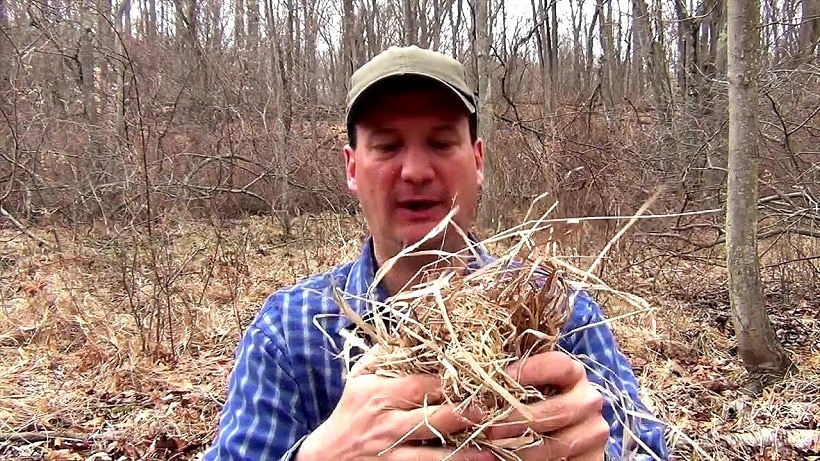
One can always go back to the traditional way of building a fire and it won’t be questioned as people are more aware and used to building it. However, if we are to include our environment in our thoughts and actions, it is still better to stick to smokeless fire.
Before heading out on your next camping trip, make sure you read on our basic camping safety tips to keep yourself protected.

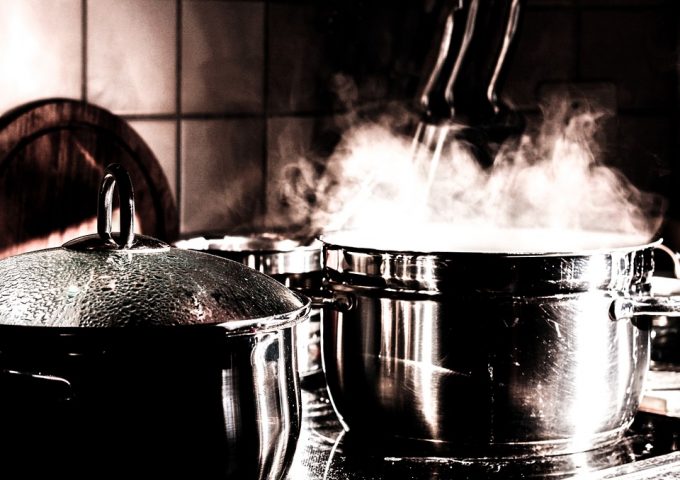
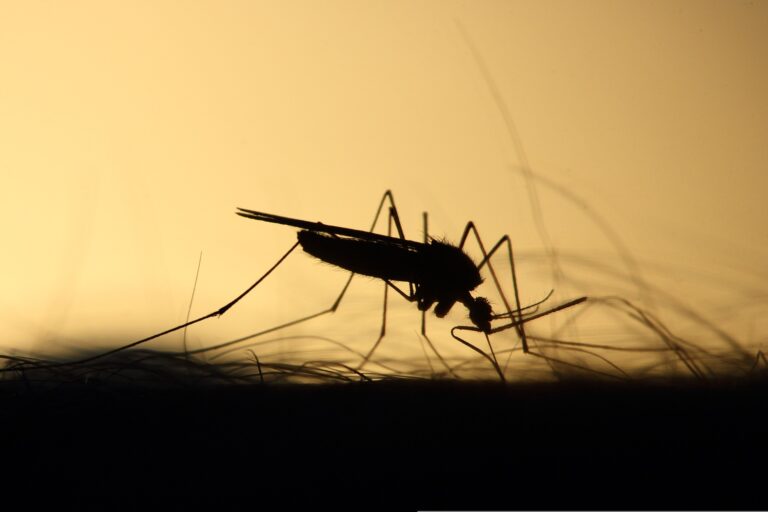

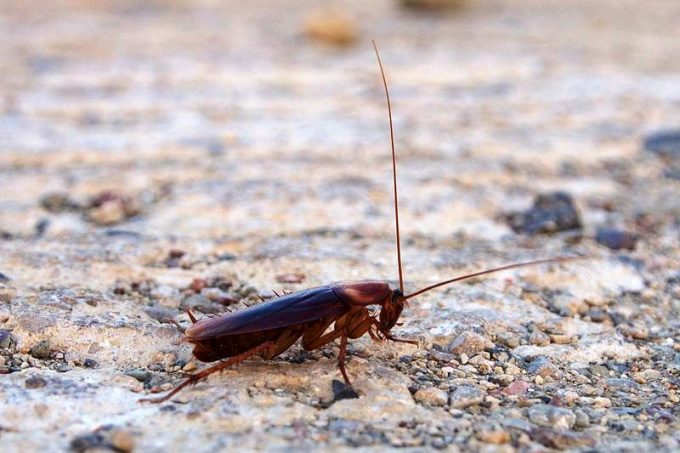
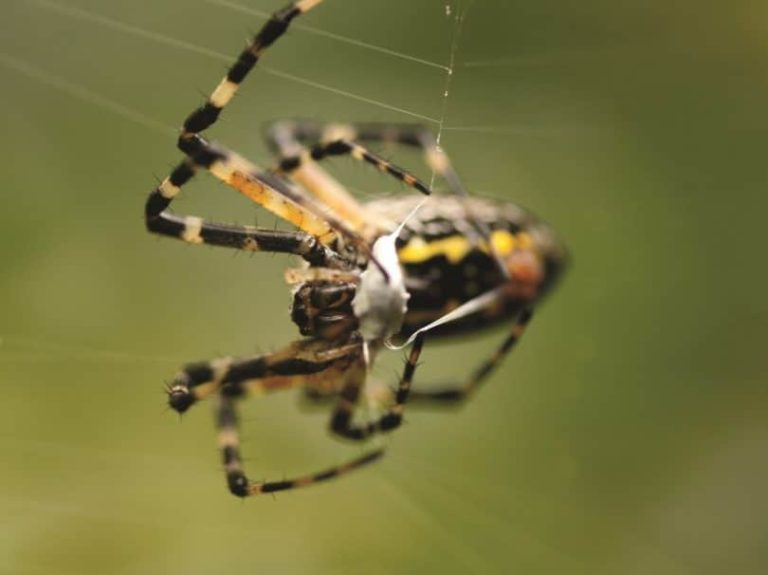
As for a fire without smoke it is necessary to dig a recess, you should choose a place where it won’t be hard to dig: avoid rocky areas or land with a lot of thick roots, areas where the ground is sagging or can be filled with water from underground sources. Place your smokeless fire under the dense crown of the tree. Avoid using raw conifer, raw herbs, etc. If all the wood is wet dry them before a fire without smoke.
I agree that the recess should be as even as possible because irregularities can significantly alter the development of the flame and the formation of smoke. These are very helpful tips, Bruce!
A fire pit is probably the easiest way of creating a smokeless fire. I don’t know about others, but it’s what I’ve been doing when cooking on a camp. All this time, I’ve been doing a trial and error steps in creating one and this guide would probably put into use the next time I’ll go for a camping.
Indeed it is perhaps one of the easiest methods to create a smokeless fire, although you really have to follow the steps to the word to make sure you keep the fire controlled.